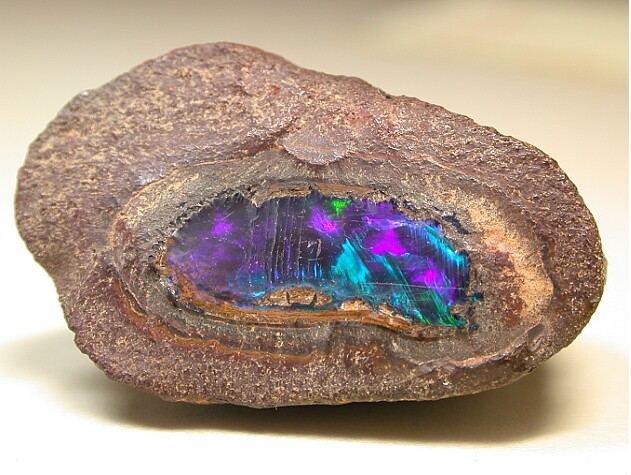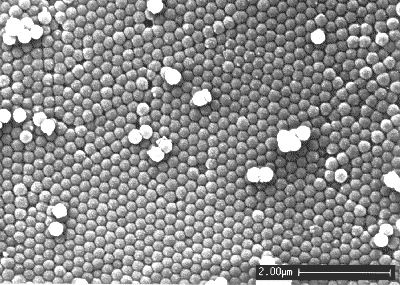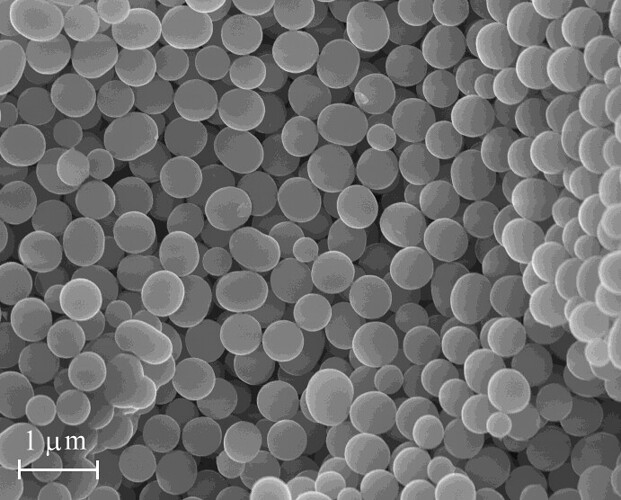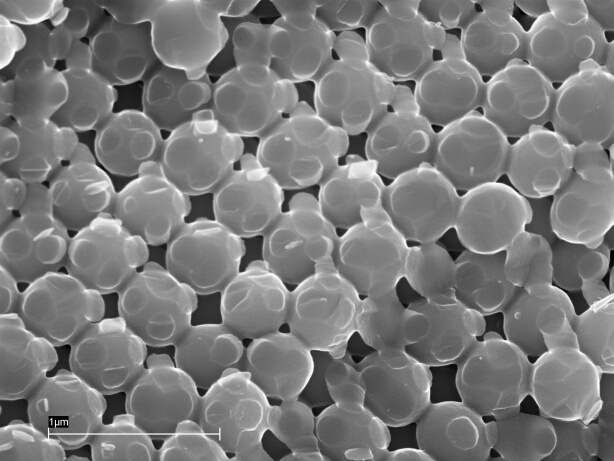There seems to be a school of thought here that you should keep
your opals in water (or some such) so they don't craze.
Personally, with few exceptions, I don’t believe in watering opals.
The Virgin Valley, NV opal from the ‘wet’ mines (those that have not
dried out yet over the past 100K years or so such as Rainbow Ridge)
must be kept in water or they can fall to pieces right in front of
your eyes.
Consider where most opal we are familiar with (such as Coober Pedy)
comes from (of course it comes from many places and there are
exceptions, different experience ad nausium) but, essentially deep
down in the ground where there has been very consistant humidity,
temperature and pressure for more years than I can count. Suddenly,
it is found by man and brought to the surface where there is very
low humidity, very high temps and a few Gs less pressure. The first
thing I would do if subjected to such conditions would be to expand
and begin dehydrating. Next the opal is moved here and there around
the world into many environments, some cold, some hot, some humid,
some not etc. Some nut puts them into water subjects them to harsh
light so they will sparkle and customers will buy them, take them
home and subject them to even more treatment…maybe dried out
again, heated for dopping (I very rarely do that…cut em free hand
or use glue so they don’t have to be heated) then they go through
terrible vibrations from grinding, smoothing and polishing. After
they are polished they have a rather tough amorphis glassy covering
which might tend to hold it together but also keep moisture both in
and out! Unfortunately, the other forces continue their dastardly
work and work their terrible forces on the delicate opal structure
which is, after all, merely millions of teeny tiny spheres loosly
held together with the moisture between them.
So…why put your opals in water? Once dehydrated, they will not
(except for some very special opal) rehydrate. They will not take on
water, oil, grease, nuthin! But, under some conditions, they WILL
continue to dehydrate (such as a humidity controlled bank vault).
Then after being worn for some time, the glassy surface begins to
disappear. Now, the stone might take on some body oil or detergent a
few microns into the surface but there is not much chance the
moisture will penetrate very deeply…rather the oils etc will merely
yellow slightly.
If an opal starts out with high moisture content, as many of the
Virgin Valley stones, say around 15 to 20 % they will dehrdrate
quickly and craze or worse. If they came from a dry mine they might
only have 2 to 8% and dehydrate more slowly. Now, if they are stored
in water, they might not take on any moisture but they will certainly
give it off more slowly. So one might at best get a few more years
out of it.
Sorry for rambling on a bit but there are so many wrong ideas out
there and I could go on for hours…and I’m not even an
‘expert’…just an old opal cutter and setter. But its late and
thats enough for this session. But I certainly do advise my clients
of all of the above…usually tell them more than they need to know.
At least then they know what they are getting.
Cheers from Don at The Charles Belle Studio in SOFL where simple
elegance IS fine jewelry!



